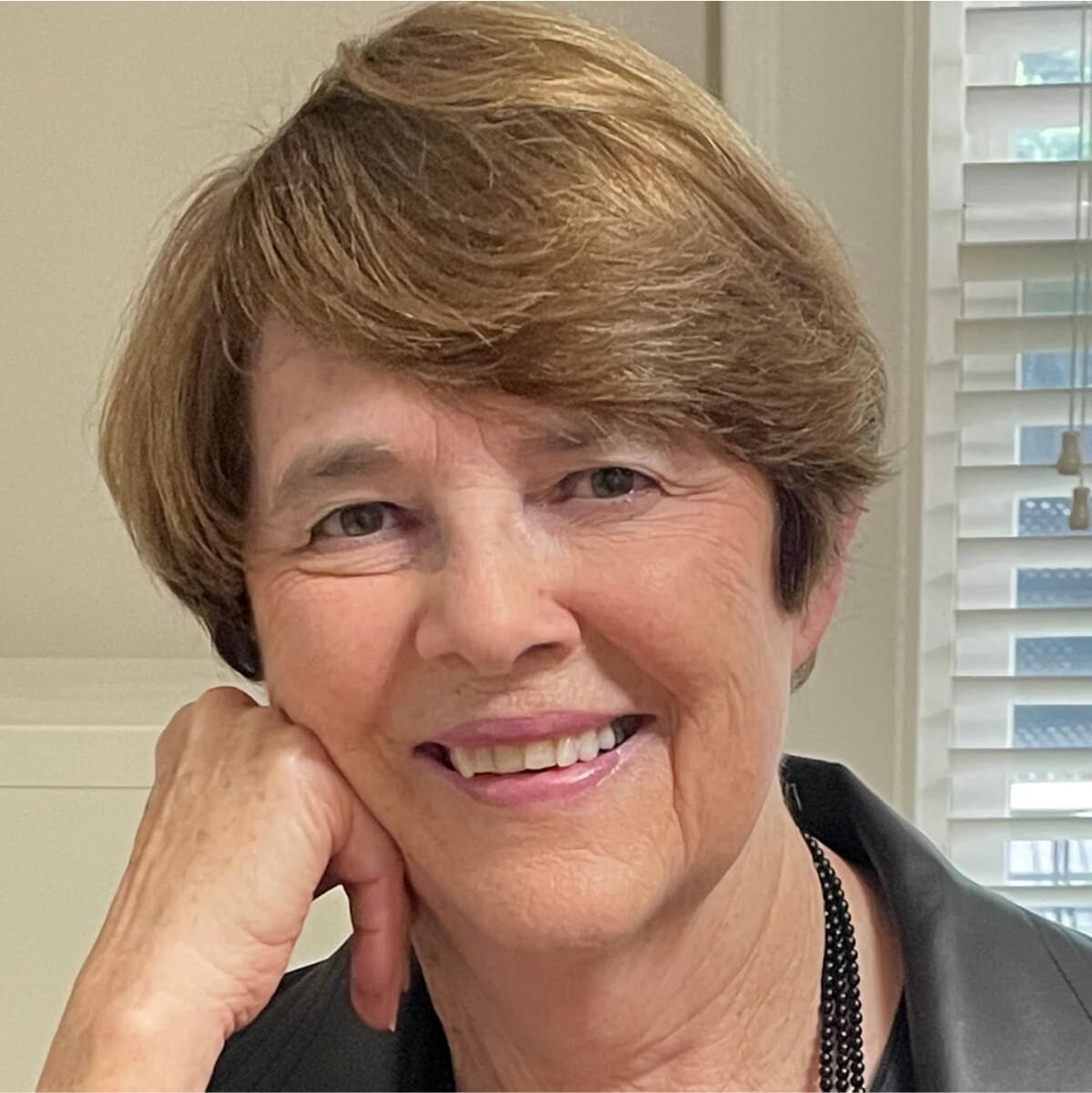
John Wayne and the Virus
May 14, 2020
When I was 12 years old, I met John Wayne. He graciously gave me his autograph, which sprawls across an entire page of the red leather autograph book I carried with me to Los Angeles on a family vacation in the late 1950s.
It was a time when the Hollywood actor was the embodiment of America’s “rugged individualism”: the stoic, stolid, solitary cowboy who didn’t talk much but always did things his way.
Now we are in the midst of the worst healthcare crisis in a century as the novel Coronavirus menaces the globe. A handful of countries seem to have succeeded in “flattening the curve” of Covid-19 disease and squashing the virus, at least for the moment. But not the United States, which now ranks #1 in the world in the number of cases and deaths.
In less than two months, the virus has overtaken heart disease to become the top cause of death in the United States. In less than two months, we have lost more Americans (84,000 and counting) to Covid-19 than in the Vietnam, Persian Gulf, Afghanistan and Iraq wars combined.
How did we find ourselves in such a wretched place?
There are many reasons. The Trump administration was astonishingly slow to acknowledge the threat, then dithered and diverted and delayed for weeks while the virus was spreading unseen and unheeded. The president ceded most of the responsibility for fighting the virus to the governors, so then we had 50 different plans. City mayors got into the act, issuing scores of differing – and often conflicting— orders. Testing for the virus has ranged from nonexistent to barely visible. Vital contact tracing and isolation of people exposed to the virus has been woefully inadequate. Budget cuts and neglect of our public health system over the past few decades have hollowed it out, leaving us vulnerable to plagues such as the novel Coronavirus.
Underlying all of this, I would argue, is what could be called the John Wayne Syndrome, i.e., “We are America, we are exceptional, and we will do it our way.”
Instead of a coordinated, centralized plan to fight the virus, as every other country in the world has done, our 50 states have moved separately, in fits and starts. Some states locked down; some didn’t. Some states kept their beaches and parks open; some didn’t. Most states closed restaurants (except for take-out) and nonessential businesses; some didn’t. Even the safety guidelines issued by the Centers for Disease Control (CDC) were just that: guidelines.
The end result of this mish-mash is not surprising. Sickness and death have escalated and, as one public health expert declared ominously, “we’re only in the second inning.” A draft federal government report last week predicted a sharp increase of up to 200,000 new cases per day—and 3,000 deaths per day—by June 1. More than 150,000 Americans are forecast to die of the virus by August.
And a second wave is waiting in the wings.
Despite these grim predictions, a majority of states are starting to reopen their economies even though not a one has yet met the federal guidelines for reopening: a 14-day downward trajectory in the number of new cases, a “robust” testing program, and widespread contact tracing.
Count South Carolina in this “we’re-not-ready-to-open-but-are-going-to-anyway” group.
The Palmetto State has documented at least 7,927 cases of Covid-19 and 355 deaths. Richland County (home to the state capital of Columbia) leads the state with more than 1,100 cases confirmed.
One thousand new cases statewide were expected this week. By the end of May, state health officials expect to have about 10,500 recorded cases.
But these numbers are a vast undercount. Because we have done such minimal testing (only about 1.5 percent of the state’s population), we need to multiply the recorded number of cases by a factor of five or more to get the real number: likely at least 56,600 cases statewide.
While some South Carolinians studiously followed the “home-or-work” gubernatorial order (which was recently lifted), many haven’t. As of late April, the Palmetto State was one of nine states to get an “F” in social distancing, according to Unacast, a company that analyzes cellphone data.
South Carolina is also in the bottom five of states in the number of Coronavirus tests administered per capita, meaning most anyone could be a carrier of the virus and you wouldn’t know it. Does this make you want to rush out to shop, catch a movie, or dine again at your favorite restaurant, even if you sit outside? Me neither. Anxiety abounds.
Instead, most of us, especially those of us over age 60, will likely ease out of our houses over the next several months, cautiously wearing our masks, keeping our social distance, and realizing all too well that the number of deaths will inevitably spiral as the economy re-opens.
We are all in this together. Until we have a cure or a vaccine for this deadly virus, careful social distancing, maniacal handwashing, and wearing our masks must be the order of the day.
Jan Collins is a Columbia- based writer, author, and editor. A former Nieman Fellow at Harvard and former Congressional Fellow in Washington, D. C., she is the coauthor of Next Steps: A Practical Guide to Planning for the Best Half of Your Life (Quill Driver Books, 2009). To read more of Jan Collins’s articles in The Columbia Starnewspaper, visit www.jan-collins.com.

Jan Collins is a Columbia, South Carolina-based journalist, editor, and author. A former Nieman Fellow at Harvard and former Congressional Fellow in Washington, D. C., she is the coauthor of Next Steps: A Practical Guide to Planning for the Best Half of Your Life (Quill Driver Books, 2009).